Armed with an idea, laptop, and a camera – this is a case study of how we generated RM20,000 revenue in a week, without a product that existed yet.
Sure, it’s not a big sum. In fact, I was initially reluctant to share this.
But in the spirit to inspire starters who are looking to market their own products, we thought this was an interesting digital marketing case study to share.
At the end of the whole marketing campaign:
- We generated a revenue of over RM20k in 5 days.
- By running a pre-sale for 3 online courses.
- We only marketed the pre-sale via Facebook and email marketing.
Let’s talk about how it all started.
It was sometime early November 2018 and I was traveling to Johor Bahru – to visit LEAD’s new JB office.
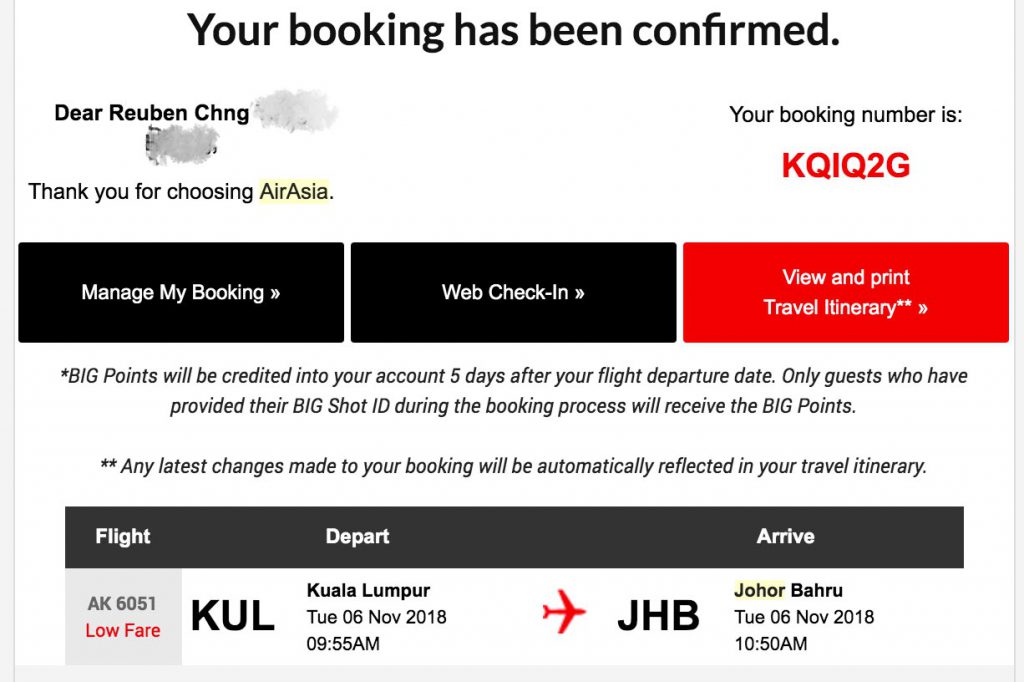
During a brainstorm session we had, we realized 11.11 was just around the corner.
If you don’t know, 11.11 a.k.a Singles Day is a shopping holiday popular among Chinese people. It started off in Nanjing in 1993, but it was until Jack Ma who transformed the holiday into a global shopping phenomenon it is today.
So on 7th November 2018 – we suddenly struck an idea to do something for the 11.11 week. We planned to put up 3 online courses on a pre-sale with a huge discount during the 11.11 week.
The three online courses were:
The only problem was we were 4 days away from 11.11.
With no products created or validation – we called the bundle of 3 courses, the ‘Knowledge Vault’ sale and offered it into the market using Facebook and email marketing.
Here’s exactly what we did to generate a revenue of over RM20,000.
Our Simple Digital Marketing Strategy
With 4 days left, we don’t have time for fancy marketing. But the truth is, the best ideas are often simple. Here’s our marketing strategy:
- Build Hype Among Your Audience
- Set Up a High-Converting Landing Page
- Use Video Content To Reach More Audience
- Run Facebook Live Sessions to get Attention
- Leverage on Facebook Retargeting Ads to Hit The Right Audience
- Closing the sale (With Email Marketing)
1 – Building Pre-Hype Among Audience
Launching anything whether online/offline requires a little bit of hype.
We created a simple landing page, where users can trade their emails to be the first to know about the launch.
Posted to Facebook, this was meant to build some anticipation and to ‘tease’ our audience.
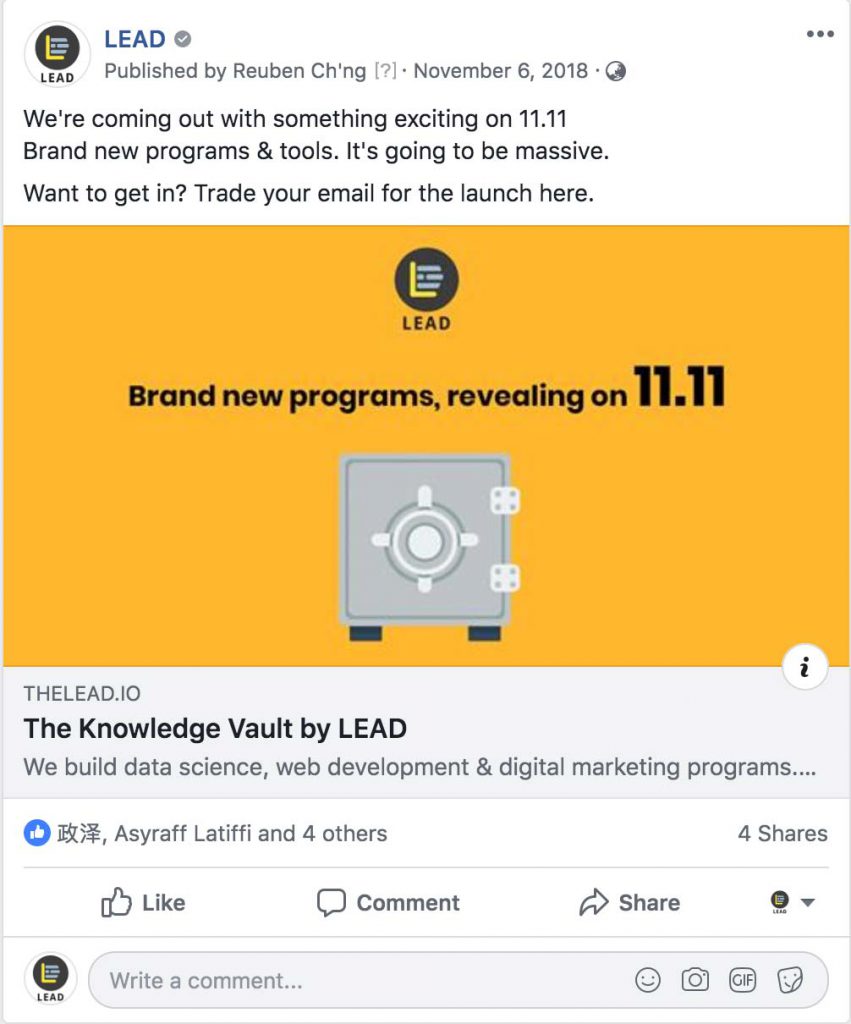
Through the simple announcement and a ‘boost post’ – we garnered about 120 email leads. Not too bad, considering we’ve only spent around RM130 to boost the post.

2 – Set Up A High-Converting Landing Page
The landing page was where we’re going to drive traffic to – so we had to make sure it is one that converts.
Not much time left before launch, so we simply build the landing page using WordPress and a theme – nothing fancy.
But there were 3 things that mattered for the landing page:
- Persuasive copywriting
- Inducing ‘FOMO’ into the page.
- Adding irresistible offer.
- Include an instant chat support.
Let’s talk about the 3 important elements we used.
Copywriting for Landing Pages
The only thing that someone sees when he or she lands on your landing page is your words – and maybe images or videos.
The point is, the only way you are able to get your point across is through your words. This is unfortunately where most websites fail as well – because they did not do a good enough ‘copywriting’ job to interpret their message.
When you do copywriting – especially for your landing page, you want to sound like you’re talking to your targeted audience.
The way we did this was to use the exact words and scripts used by our target audience.
We got this from the feedback forms we usually give out during our courses and Q&A we get from our events & webinars.
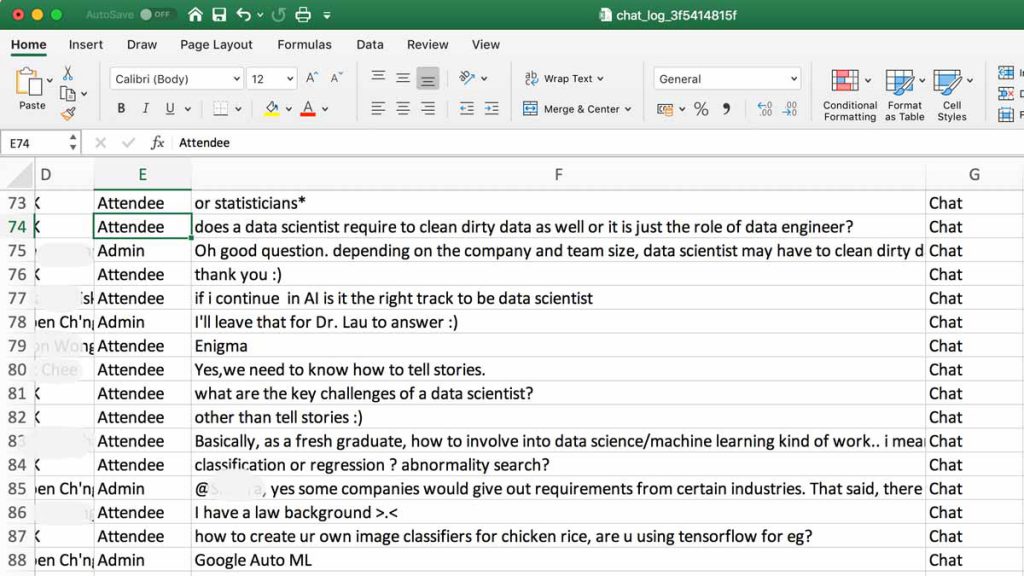
We also implemented the A.I.D.A framework when building the landing page.
A – Attention
I – Interest
D – Desire
A – Action
So here’s how A.I.D.A would work for a landing page:
Your main headline must attract your audience. The body of your landing page then gets your audience interested. The rest of your landing page should later focus on giving your audience a desire for your offer. Finally, provide a call to action so they can take action.
Inducing FOMO
We, humans, are quite fickle by nature. We make irrational decisions all the time and more importantly, we hate missing out.
That’s FOMO a.k.a Fear Of Missing Out.
Part of our strategy was to induce the fear of missing out. On the landing page, we used a WordPress sales notification plugin to notify new visitors whenever someone bought the course.
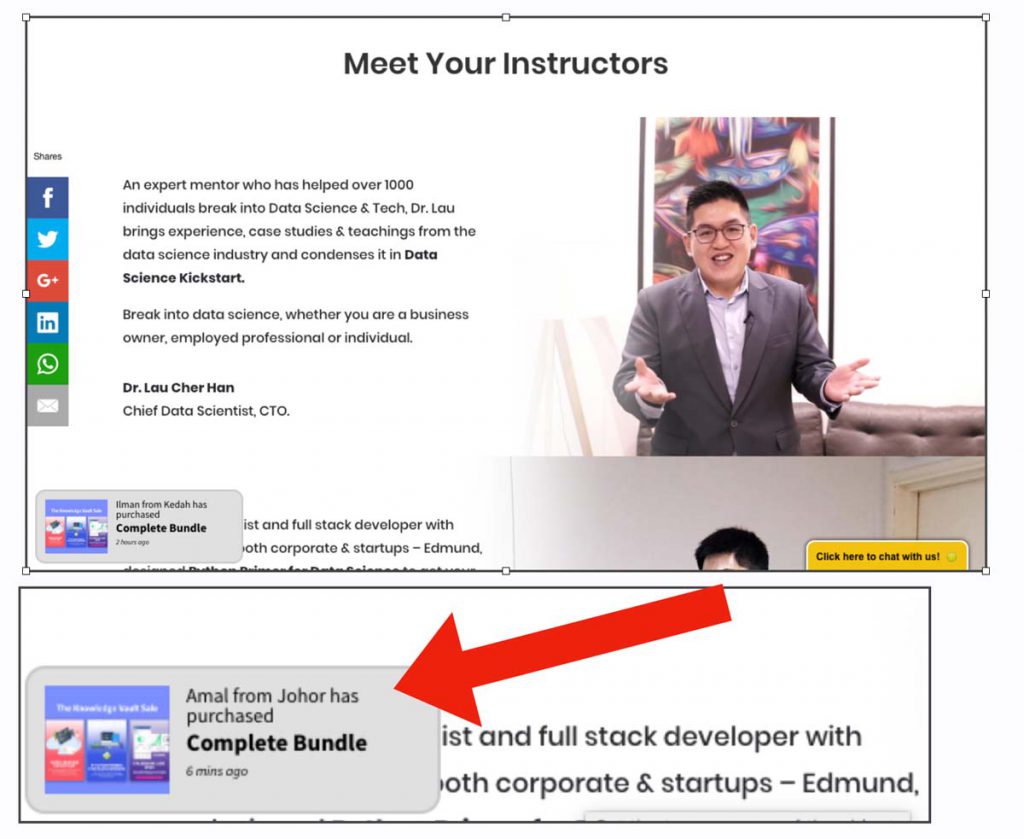
The key here is NOT to overdo it. I’ve seen sites that have notifications popping out every second that it became too unbelievable.
We only allowed a notification pop-up to appear every 90-180 seconds. And at most, a single visitor would see the notification only twice during a single visit – nothing more.
Remember, stay authentic and true.
The best practice here is to use the real names of people who have bought from you and show social proof that people are buying your products/services.
Adding An Irresistible Offer
We’ve only got up to 10 seconds (or less) to capture a visitor’s interest – as they land on the page, so we had to give out an offer that they can’t refuse.
For this purpose, we made a ridiculous offer.
While the original price of the courses is at RM499 each, we put up a skyward 73% discount if they were to get all three courses as a bundle.
The 11.11 deal we put up was that they can buy one (1) course at RM199, two (2) courses at RM299 or get all three (3) courses at RM399.
They get the biggest discount with the 3-course bundle – a no brainer! The courses also come with a lifetime access to our support, so that gives our customers lower risk as well.
They could take advantage of the discount now, and always have access it later on.
Adding a chat to the landing page.
People these days want things fast and right now. That’s why messaging apps and chat are booming. If you had a question to ask, would you prefer to get your answer right now, or 24 hours later?
That’s exactly why we placed a chat bar on the landing page. Of course, we are not online 24/ – so if a visitor used the chat bar when we are offline, it’ll be sent to us as an email.
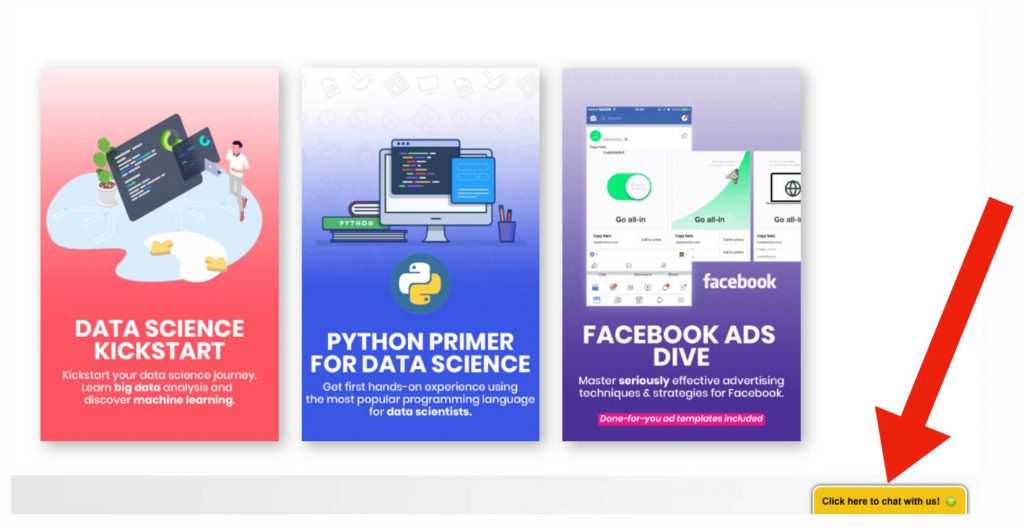
3 – Use Video Content To Reach More Audience
No matter how good your product/service is, it won’t sell itself if nobody knows about it.
And you probably already know that videos is the king of all content formats now.
To get the word out, we shot a few intro videos about the sale.
We didn’t hire a film crew to do it. We just used a simple camera (my trusty Sony A6000) and a USB microphone.
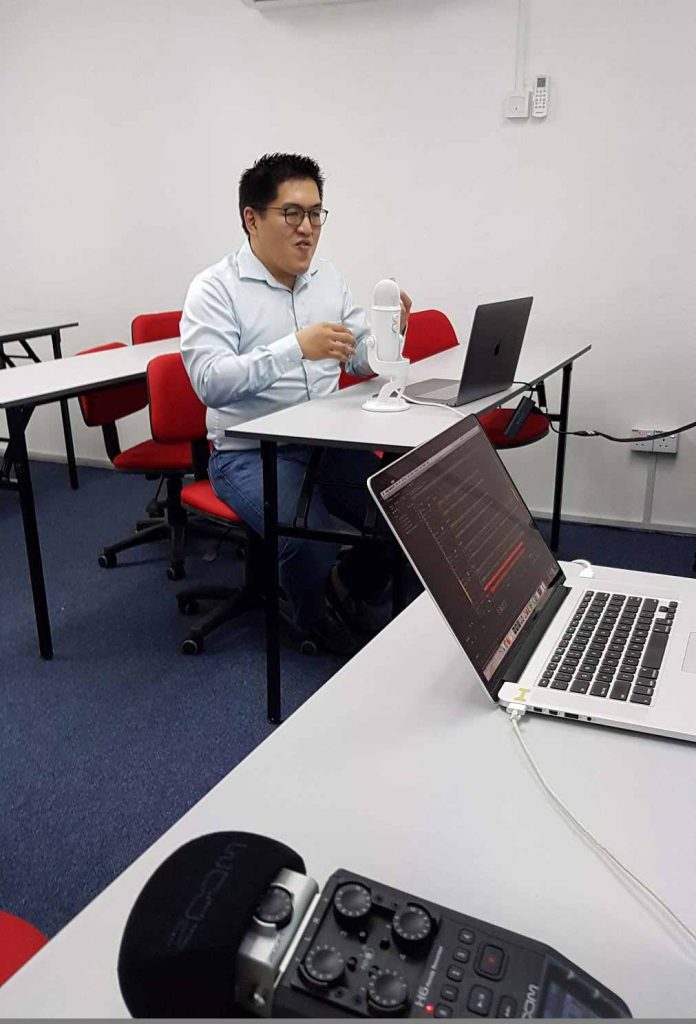
Here’s how one of the videos turned out:
Creating videos as content is one of the most effective ways to push your message and offer out. We’ll get into the reasons why, below.
4 – Run Facebook Live Sessions to get Attention
Why do people go on Facebook? To be entertained and to know what’s going on around them!
Nobody really logs on Facebook with a specific goal in mind. It’s almost the same as how one visits a night market. There’s no goal or direction, right?
“Oh go ahead, and surprise me. I’d like to stumble upon something interesting.”
In the mind of every Facebook user scrolling the newsfeed.
That means if you’re trying to push your product & services to the marketplace – you need attention. Lots of it.
Facebook Live helped us gain the attention we needed during the Knowledge Vault sale campaign. For the entire week, we announced that we were going to go live for an hour every day.
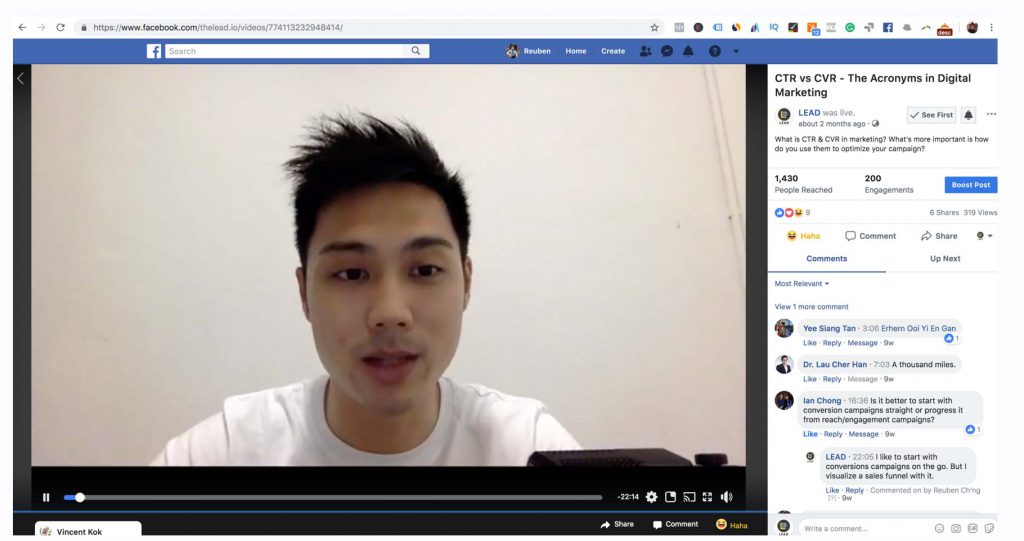
During the live videos, we gave out ‘splinter’ content. Basically, they were bits of content taken from the online courses.
And we shared them generously to our audience – without holding back.
What to do during live webinars
1 – Always have a Call To Action (CTA)
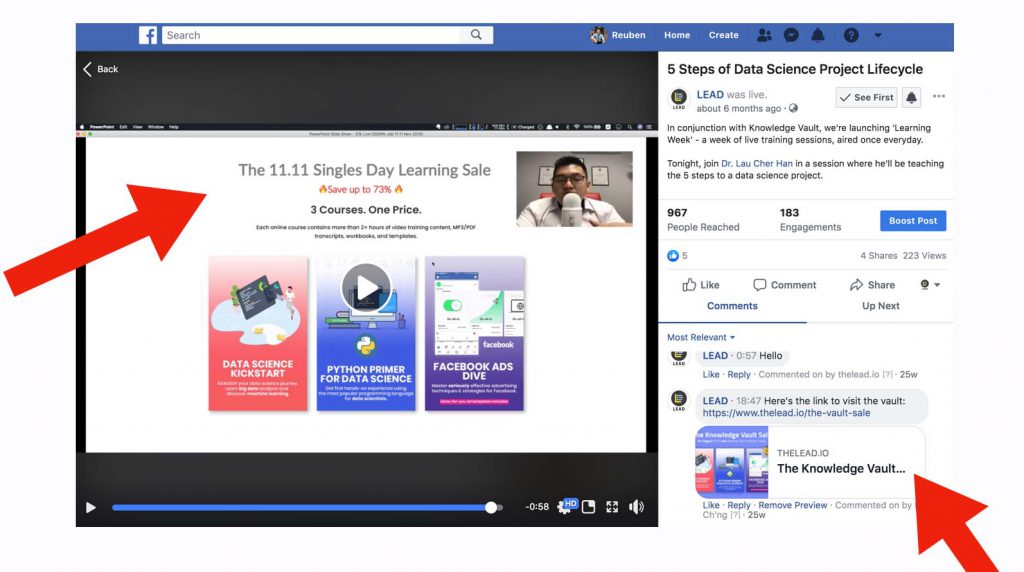
When people engage with your content, you always want them to do something.
Do you want them to hit the like button? Drop a comment? Or get them to click into your website and purchase your product?
During our live videos, we had two CTAs. One in between the live video (we used Open Broadcaster Software) to push out video commercials during the live sessions, and at the end of each live session – we verbally asked them to take action, to purchase Knowledge Vault.
2 – Interact with your audience
Here’s a BIG tip when doing live videos. Always acknowledge your viewers by welcoming them and call them by their NAMES.
Nothing is sweeter than hearing a speaker or presenter respecting your presence and time, by calling and thanking you by your name.
3 – Allow 5 to 10 minutes of ‘buffer’ time before you start.
Let’s say you plan to start your live video at 9PM. Even if your audience has clicked the reminders, it’s only natural that not everyone would be punctual to watch your live videos.
You’ll find your audience slowly trickling into your Facebook live video, 5-10 minutes into it.
So it’s always a great idea to have some commercials running in the first 5 to 10 minutes of your Facebook live, while waiting for people to log into your live video.
5 – Leverage on Facebook Retargeting Ads to Hit The Right Audience
Running Facebook Ads around a sale season means a higher ad costs – as we are bidding for ad spots against other businesses.
We chose to run ads – targeting interests that were a little more uncommon – and we dayparted the ads, where we noticed less competition.
To further keep our ad cost at a minimum, we chose to target broadly and ran ads to garner interest towards our Facebook live videos.
During the Facebook live sessions we did, we drove audiences to the landing page – where they can enroll for the pre-sale.
And an ad retargeting strategy was what worked for the campaign.
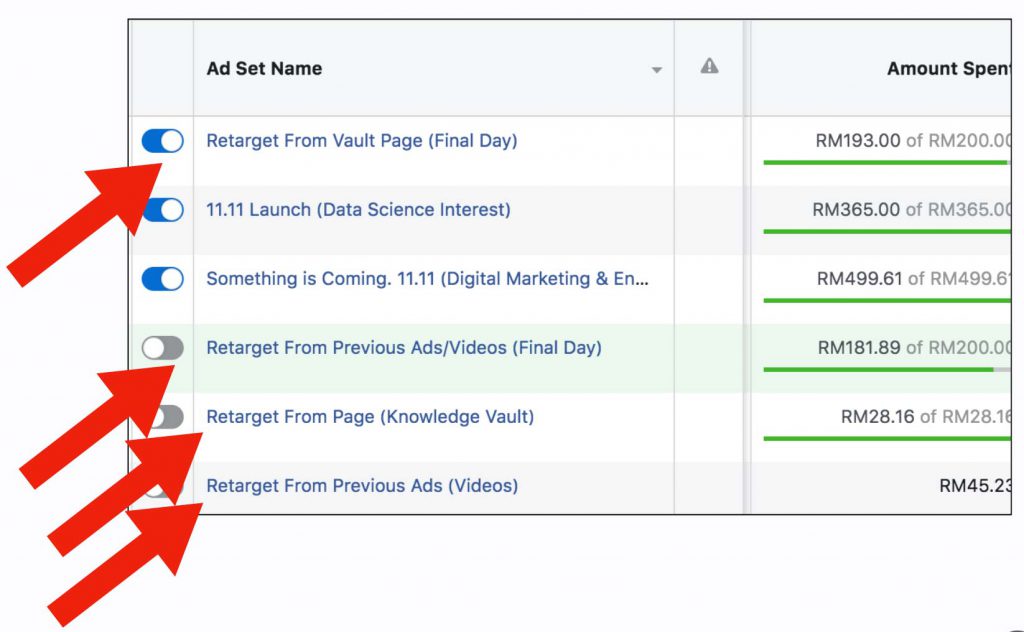
Understanding that most customers would only make their purchase after coming into contact with the product at least 5-7 times, a major part of our ad budget was used for retargeting.
Audiences who landed on the landing page would be ‘cookied’ and we retarget them with Facebook ads – reminding them to make the purchase before the offer was over.
We did two types of retargeting, each with multiple ad variants (with different copy and ad creatives). We retargeted audience who visited the landing page and also retargeted audience who watched our Facebook video.
Here’s how we retarget audience who watched the live videos:

We retargeted audience who watched up to 50% of any of our live videos – knowing that they have some certain interest in what we had to share.
6 – Closing The Sale with Email Marketing
Remember the teaser ad in the beginning, where we collected around 125+ email leads? We didn’t let that go wasted.
Throughout the week-long campaign, we, in fact, collected more emails when we ran a webinar.
It’s always a good idea to bring users out of Facebook, for business. Facebook is filled with lots of distractions and we don’t want that. Email marketing fit that criteria perfectly.
We developed an 4-part email sequence for this campaign.
Email #1 – The welcome & question email.
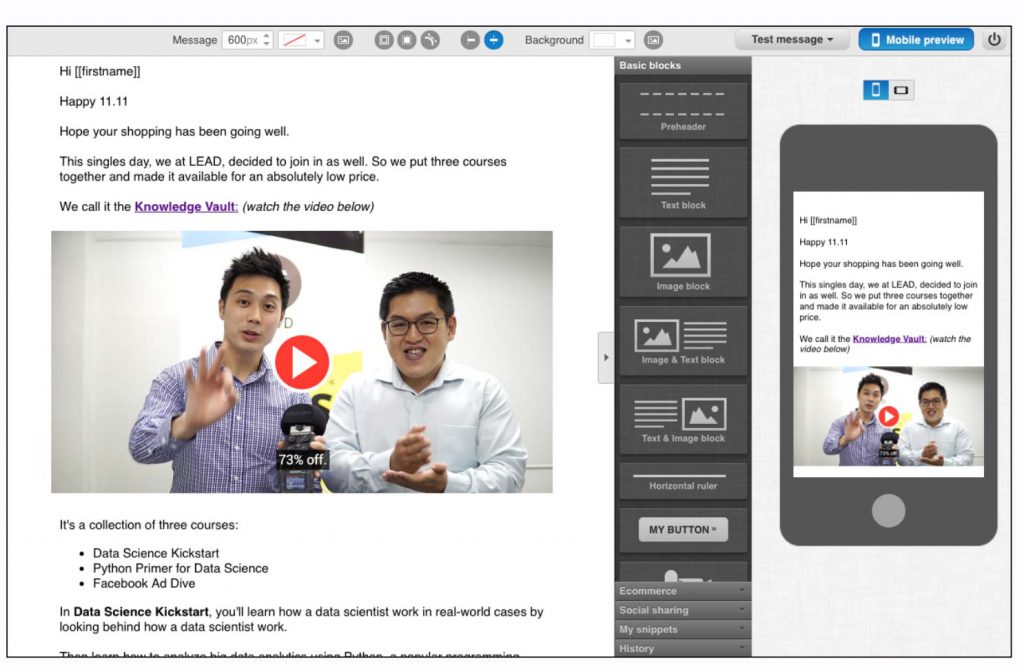
In the first email that we sent out, we asked our subscribers to reply us with the challenges they face when it comes to data science and digital marketing.
When they replied, our subscribers automatically get segmented into three segments:
- Audience who has interest in data science & Python programming.
- Audience who has interest in digital marketing (and possibly Facebook Ads)
- Those who didn’t reply to our email was left in a general list.
Email #2 – Introducing the Knowledge Vault
The second email sent to subscribers was an email that introduced the Knowledge Vault sale we had going for the week. Depending on the segments, our email subscribers received relevant emails regarding their interest.
Email #3 – Social Proof Email
This is a really important email.
In the third email, we screenshot some social proof of what past students have to say about our courses.
But because we’ve not built the courses in Knowledge Vault, we resolved to use general testimonials from our past courses. This helped reaffirm our potential customers on the quality of the courses we design.
Email #4 – Last chance to join!
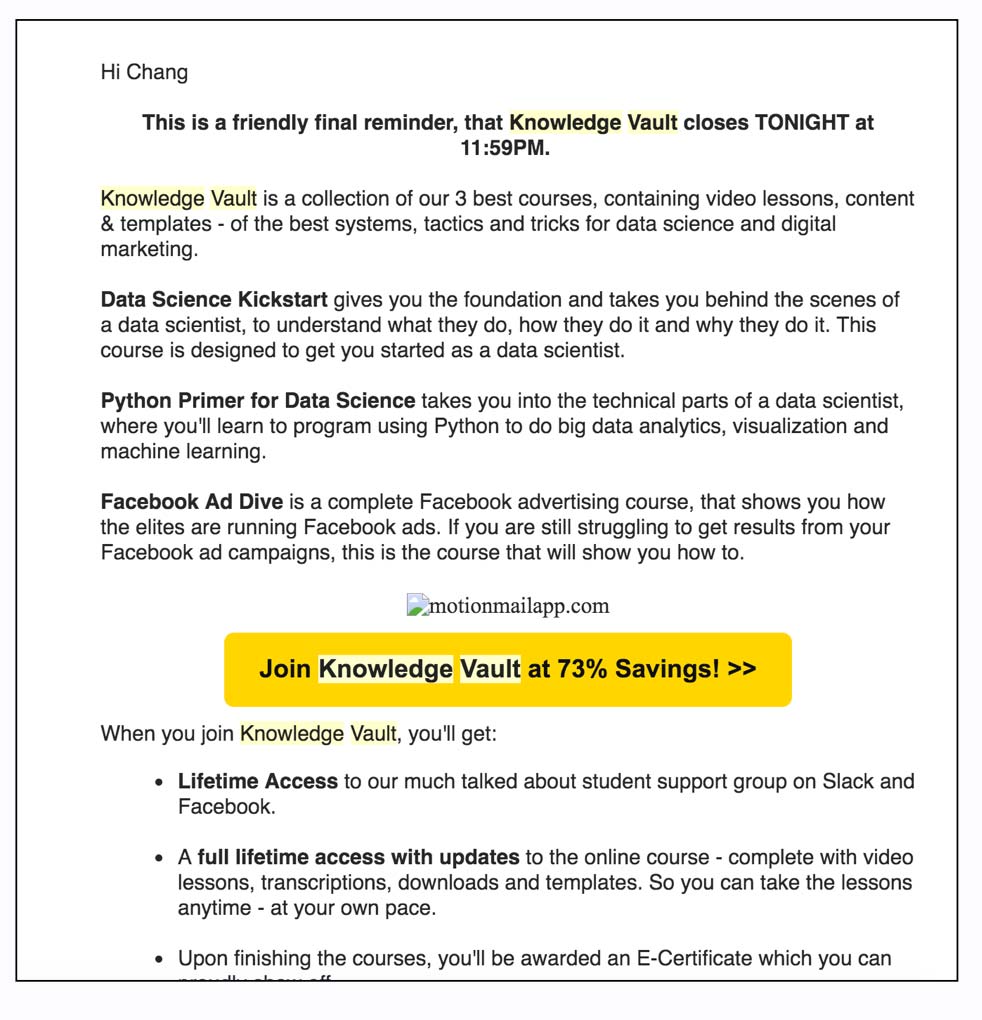
On the final day of the 11.11 week, we sent out an email with a countdown timer. This email is designed to remind our subscribers that they only have a few more hours left to take action – before the offer is closed down forever.
This email alone got us quite a number of last-minute purchases.
What we’ve learned from the Knowledge Vault campaign.
So here are some key takeaways from this campaign:
- Validate ideas by offering them in the market. Forget sending out surveys and getting biased feedback. (who got time for that anyway?)
- Take advantage of sale seasons to offer your products/services.
- To create an effective landing page, you must understand the behavior of your visitors.
- Always give immediate support to your clients or lose them to your competitors.
- Marketing is about getting ATTENTION.
- Videos are one of the most effective types of content.
- Segmentize your users quickly and use ad retargeting to your advantage.
- Always give users a reason why they need to get your product/service right now.
- Use email to get close & personal with your audience.
I would consider Knowledge Vault a refreshing marketing campaign exercise.
And we’ve been applying the lessons learned through everything we do.
Here’s a challenge for you: Do one of the lessons shared above for your business. Leave a comment below and let me know how that worked out.
Be great.

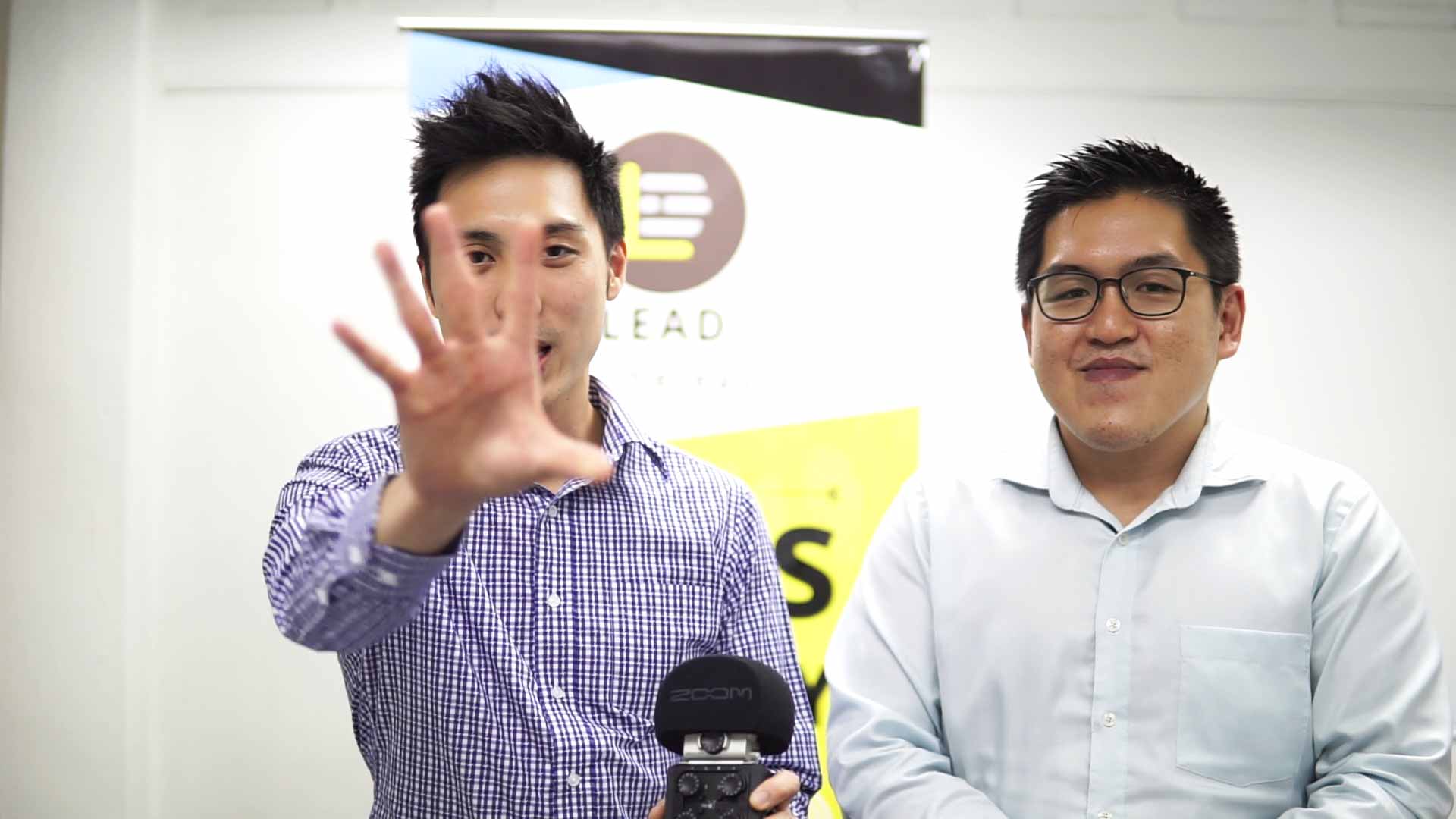
0 Comments